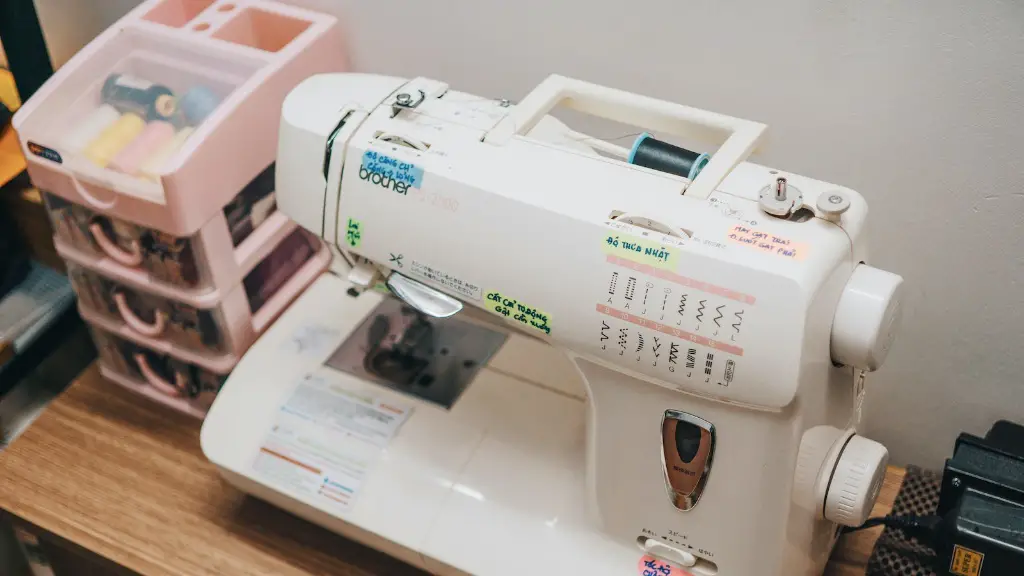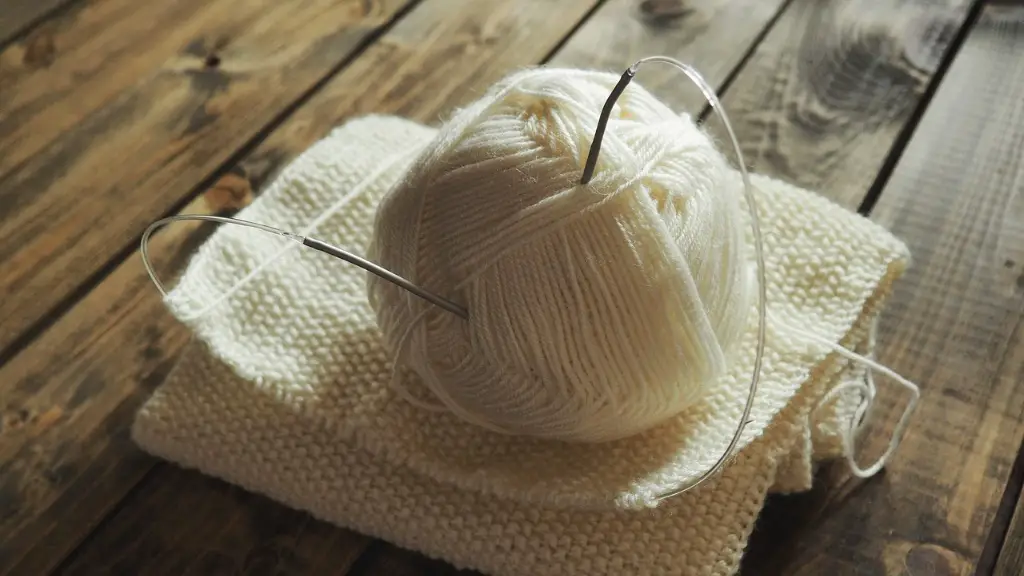Getting started
Sewing machine covers are a great way to extend the life of your machine, protect it from dust and keep it looking good. With the right materials and a bit of practice, you can make a cover that is both stylish and functional. This article will help you learn the basics of sewing machine cover making, so you can create one that suits your needs.
Materials
Before you start your project, it is important to make sure you have all of the essentials. As a base you should have a heavy fabric that will provide durability, such as denim or thick cotton. You will also need measurements of your machine, some thread in a coordinating colour, a needle, scissors, pins, and a zipper if you would like to be able to open and close your cover.
Creating the Pattern
The first step in making a sewing machine cover is to create a pattern. To do this you will need to measure the length and width of your machine, and make sure to add extra for the seams. Take your measurements and draw out an outline of the shape on your fabric. Draw the outline with a pencil or fabric marker and make sure to draw it at least 2-3 inches bigger than the machine to give room for the seams.
Cutting the Fabric
Once you have your pattern drawn out, it is then time to begin cutting the fabric. It is best to use a sharp pair of scissors and cut around the pattern to make sure that the lines are straight. Take your time so that the cuts are precise, as this will help your cover look professional. If you are using a heavier material such as denim or upholstery fabric, you may need to use a rotary cutter and cutting mat to get the job done.
Sewing the Seams
The next step in making a sewing machine cover is to begin sewing the seams. To do this, you will need to thread your machine with your chosen thread, and then start sewing from one corner to the other. Make sure to backstitch at each side of your seam so that it is secure. Once you have finished the seams, you can either leave it as it is or you can add a zipper for opening and closing your cover. If you choose to add a zipper, make sure to sew it in securely and to add a tab at the bottom to cover the zipper pull.
Finishing Touches
Once the seams and zipper are sewn, you can then move on to the finishing touches. If you are making a patterned cover, you may want to consider adding pockets to store accessories. To do this, you will need to measure the size you want the pocket to be and then cut the fabric to size. Next, sew the pocket piece to the cover ensuring that the seam is securely sewn and doubled up for extra durability.
Washing and Caring for the Cover
After the cover is complete, you may want to wash it to ensure that the fabric is crisp and the seams secure. To do this it is best to machine wash on a low spin cycle and hang to dry. Make sure to never put the cover in the dryer as this will cause the fabric to shrink and distort the shape of your cover.
Ensuring Perfect Fit
When you make a cover for your sewing machine, you should make sure that it fits your machine perfectly. You can do this by taking measurements of your machine and then checking to make sure that the cover is the same size after it is finished. If the cover is too big, you can trim the excess fabric or re-sew the seams.
Adding Details to Your Cover
Once your sewing machine cover is complete, you can add details to make it unique. Consider adding appliques, embroidery, or even patches for a fun and creative touch. This can make your cover stand out and give it a personal touch.
Safety Considerations
Before using your finished sewing machine cover, it is important to make sure that the cover is free of snags or shreds that could get caught in the machine during use. Make sure to check the cover thoroughly before use and always make sure that the cover is removed when you are done sewing.
Tools & Equipment
When it comes to making a cover for your sewing machine, it is important to use the right tools and equipment. You will need a sewing machine, thread, fabric shears, a measuring tape, and pins. You may also need a rotary cutter if you are using a heavier fabric, as well as an iron and ironing board.
Conclusion
Making a sewing machine cover is a great way to protect your machine and extend its life. With the right materials and equipment, you can make a unique and stylish cover that will keep your machine safe. Make sure to always use the correct tools and follow the instructions closely to ensure that your cover fits properly and that the fabric remains free of snags.



